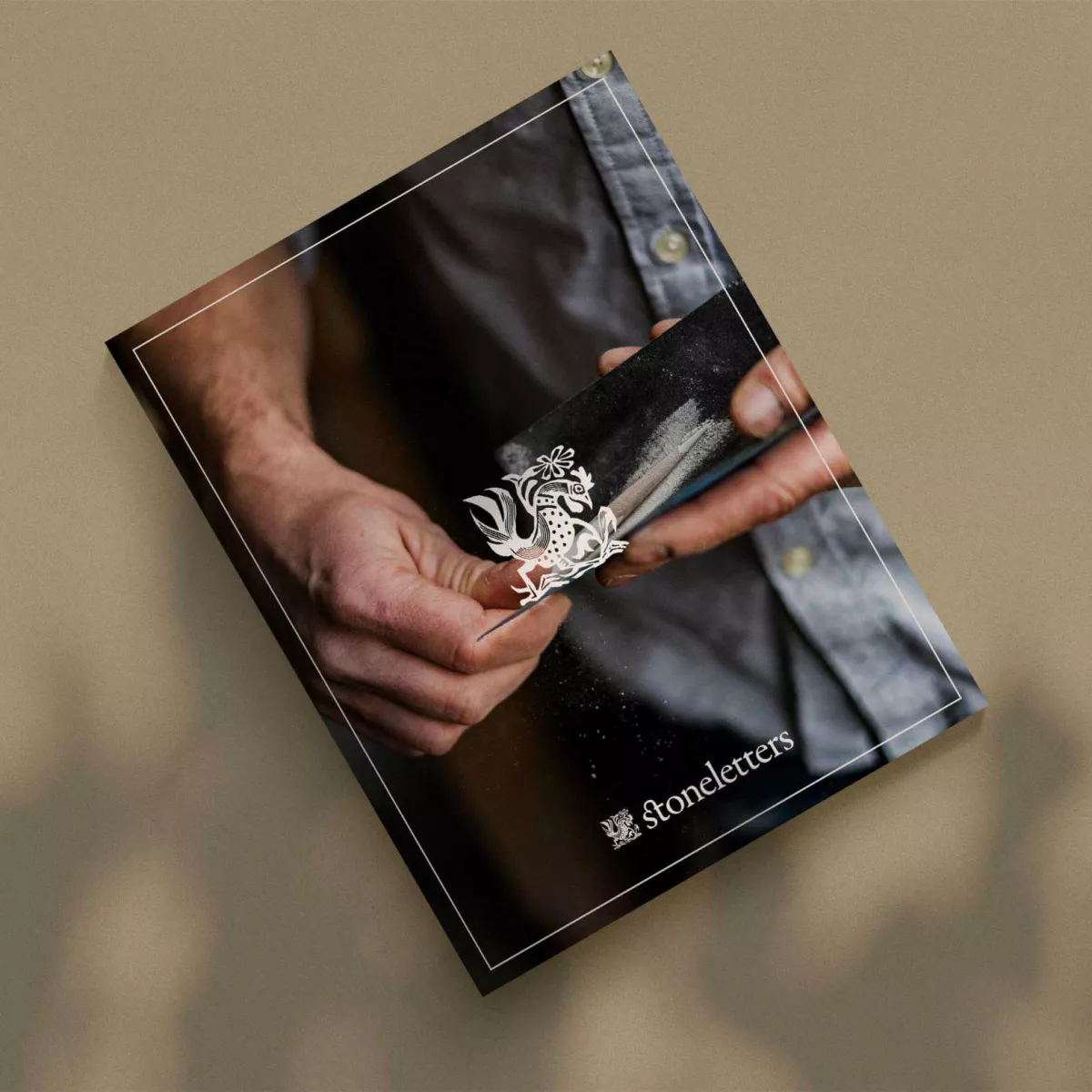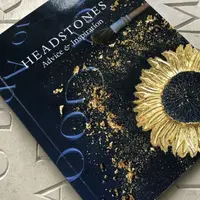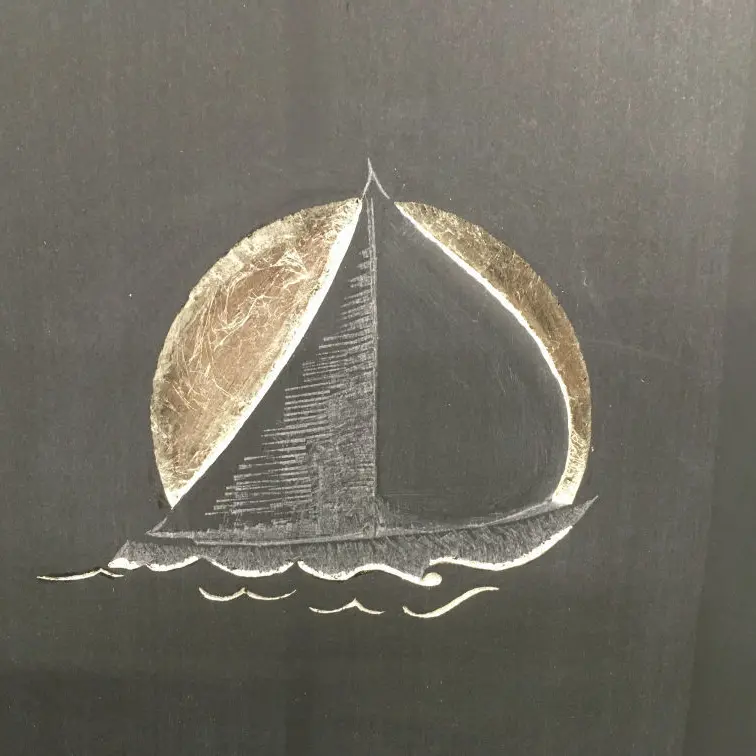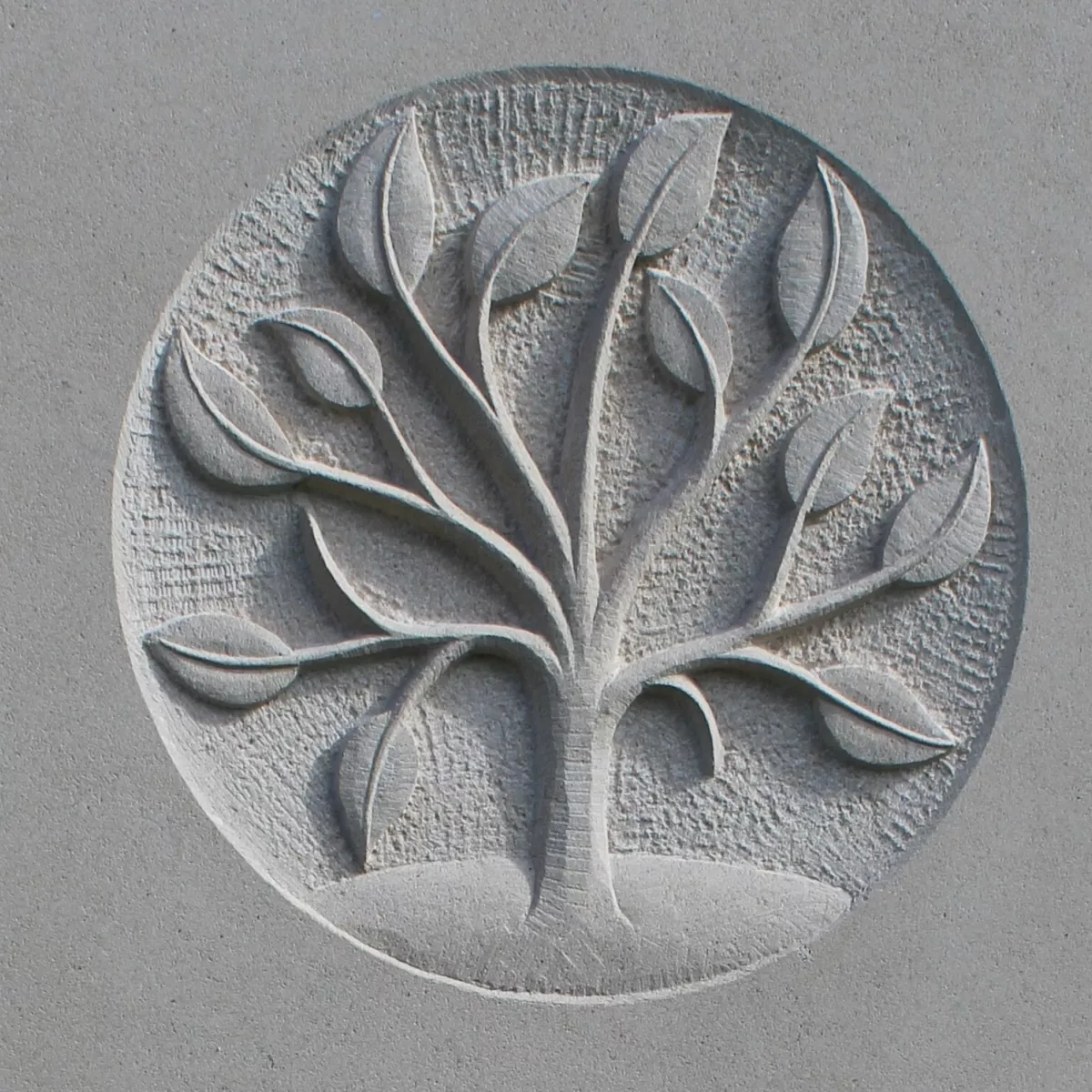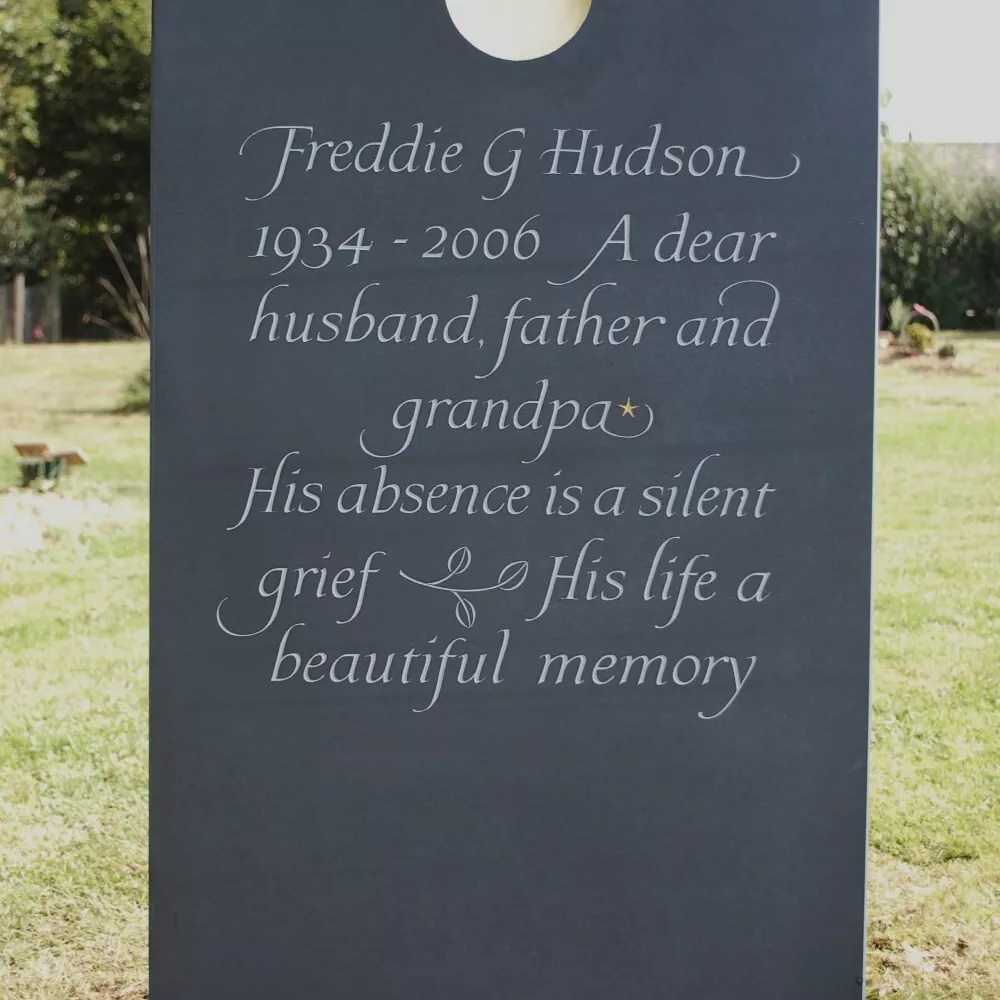By using this website, you agree to our privacy policy
×Flower symbols and meanings on gravestones
Carvings of flowers often appear as a symbols on a gravestone often for their simple beauty. Here I share some of the symbolism associated with flowers and also provide inspiration and ideas.
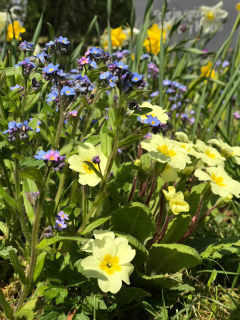
Flowers are one of the most popular symbols I am asked to carve on a gravestone. They may be chosen for their symbolic meaning, but most often, because they were a favourite flower of the deceased, or they remind the family of their loved one. Sometimes a flower is chosen for its simple aesthetic beauty, and as an offering to strangers who pass by and enjoy the carving on the headstone. From time to time people ask about the symbolism of individual flowers, and thus I have compiled a list of flowers and some of their individual symbolic attributes. I also include an introduction to some of the symbolism attributed to flowers over time.
The Flower in a graveyard as a Symbol
Beauty and brevity of life.
Flowers remind us of the beauty and brevity of life.
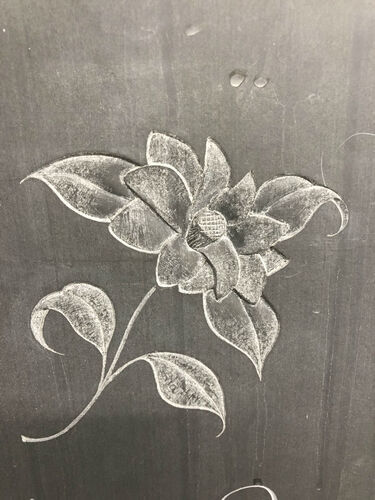
“There’s April in the west wind, and daffodils,” said the poet John Masefield. Flowers are the hallmarks of spring, a sign of renewal in the world, of awakening and rebirth, or mythic youths Their ephemeral blossoms have associated flowers with all the forms that quickly fade such as the transitory soul of antiquity. However, flowers can be in reality, extremely resilient, with wildflowers blooming on grassy verges and latching onto walls and railings.
All of nature is enticed into the flower’s proliferation, and the flower has a sensual association, with heady perfumes.
Flowers are incorporated into ritual and sacrament all over the world and have been emblems of beauty, joy, purity, fertility, perfection and resurrection.
The Egyptians were perhaps the first culture to use flowers in their funeral rites, believing the subtle scent of flowers contained the key to divine powers. Aristotle also once declared that plants have a soul.

In its most simple form, the flower with its circular shape is a natural mandala linking the flower with the wheel and the eternal cosmic movement around a mystic orienting centre.
Rooted below the surface and at the same time visible above, the flower has symbolised the bridging of the visible and invisible worlds, the material with the spiritual.
The flower can be a symbol of flourishing, an emblem of a seeding place within all of us. The Holy Spirit makes itself known in the secret redolence of flowers.
Victorian gravestones often contain symbols of flowers, and the Victorians adapted many ancient myths to Christian symbolism. Their use of flowers of gravestones also coincided with the rise of the garden cemetery, and specific flowers were given proper funeral attributes. Flowers have been associated with the souls of the dead in a similar way to butterflies.
The precise meaning of flowers is often associated with their colour, red reminding us of blood and the passion of Christ, blue, unreal and dream-like, and yellow evoking the sun.
Individual flowers and their meaning on gravestones
Acanthus
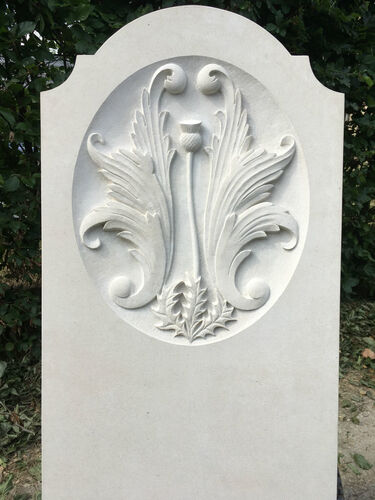
The thorny leaves of the acanthus can be thought of a symbol of the “prickly” journey of life to death, and ultimately the final triumph of eternal life. There is an old belief that anyone who adorns their gravestone with acanthus leaves has overcome the biblical curse in Genesis 3:
“Thorns also and thistles shall it bring forth to thee, and thou shalt eat the herb of the field..”
Campanula
Also known as the "Bellflower", the campanula shares symbolism with religious bells and has attributes of constancy and gratitude.
Bluebell
Also known as a Harebell, Fairy Flower or Bell Bottle, the English Bluebell has long been a symbol of grief in Britain, and are often planted on or near graves.
In Scotland, Bluebells are symbolic of constancy and everlasting love.
https://bardgarden.blogspot.com/2017/03/harebells-and-bluebells.html
"I'll sweeten thy sad grave: thou shalt not lack
The flower that's like thy face, pale primrose, nor
The azured hare-bell, like thy veins."
- Cymbeline, Act IV, Scene 2 Shakespeare
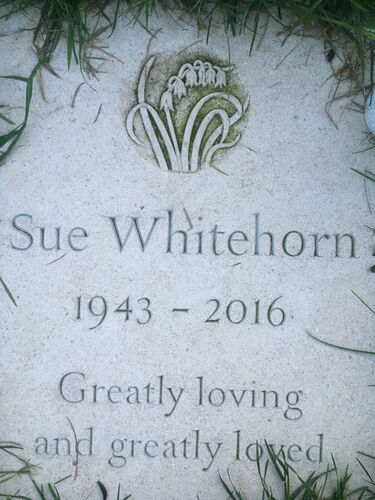
Buds
Buds, especially broken one have been used to decorate the gravestones of a child, symbolising the fragile beginnings of life, often cut short. Rosebuds often symbolise the passing of time. “Gather ye Rose-buds while ye may, Old time is still a-flying” in a poem by Robert Herrick.
Daffodil
The daffodil or narcissus can symbolise rebirth and resurrection. It is at the same time the flower of the underworld and of paradise. Although in Greek mythology it can have negative symbolic meaning (vanity and self-love), the Christians focused on the triumph of divine love and sacrifice over these vices and ultimately over death.
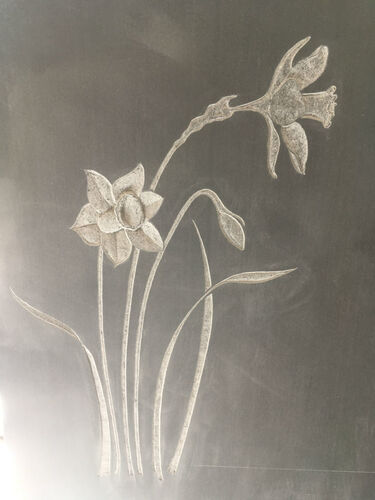
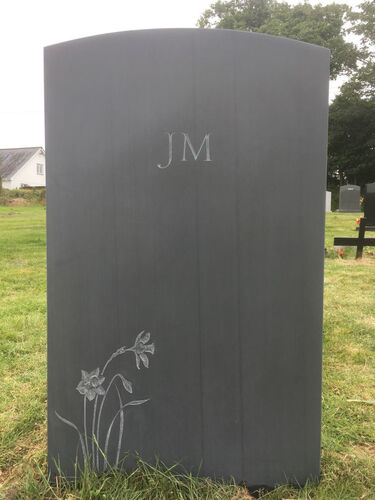
Daisy
The name daisy derives from the old English: the e’e of the daie, or day’s eye. With its simplicity and ability to grow almost anywhere, it is often symbolic of the innocence of the Christ child and has been used on graves to indicate a child.
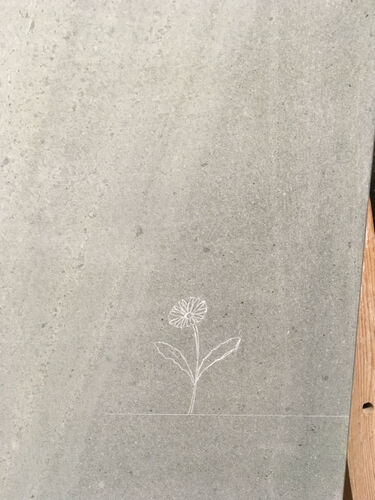
Dandelion
The dandelion is often used on children's gravestones. In Victorian times the dandelion has been a symbol of love and also grief. It might also represent the fragility of life.
When the seeds of the dandelion are blown it is said to carry thoughts, affections and dreams to a loved one. Judith Dandy
In the headstone below I have carved the dandelion clock with its seeds being gently blown upwards.
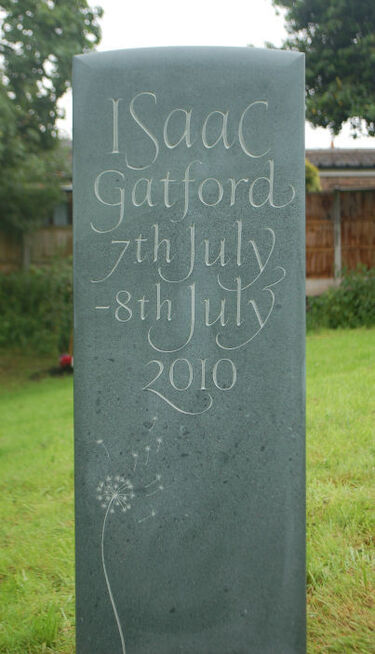
Edelweiss
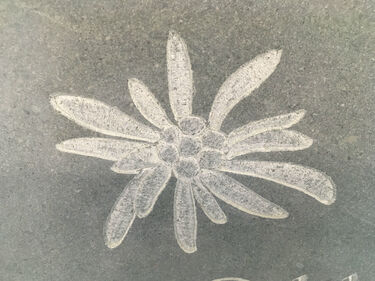
Evening Primrose
On gravestones, it represents eternal love, youth, memory, hope and sadness.

Freesia
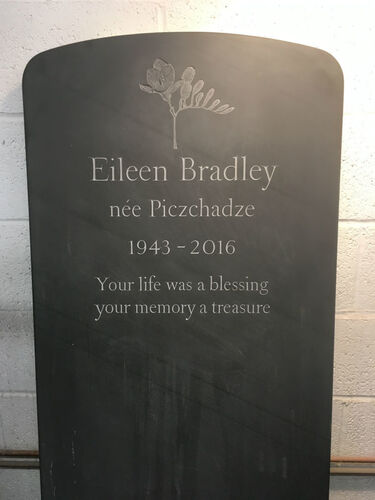
Iris
The name Iris comes from the meaning “rainbow” in Classical Greek, owing to the huge range of colours the flower appears as. In Greek myths Iris was the messenger of the Olympian gods, bridging heaven and earth with her rainbow, carrying divine messages. The Iris has medicinal properties and appears on an ancient Egyptian hieroglyph carved in stone 3,500 years ago. The iris heralded the approach of the gods, and its show of so many colours may have heralded the transcendent self in which all parts of our personality are united.
Lily
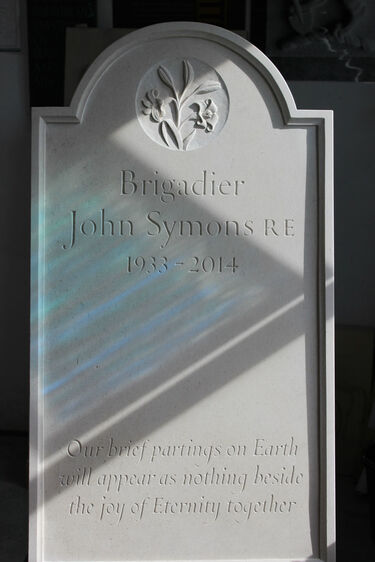
From the beginning of time, the lily has been associated with feminine divinities. In ancient Crete, it represented the island’s reigning goddess. In ancient Greece, the lily was sacred to Hera, Queen of Heaven, and was said to have arisen from drops of breast milk as they fell to earth during the creation of the Milky Way.
The white lily has great symbolic meaning in Christianity, and from the 12th century, it has represented the innocence, purity and chastity of the Virgin Mary. In China, the lily is associated with feminine beauty.
The distinct cup or calyx of the lily can represent a spiritual vessel from which the divine is born. It has come to represent resurrection and renewal as it emerges from the dark soil in spring, and the lily is highly regenerative, re-emerging after fire or drought. The lily has been described as being eternal, and incorruptible, the noblest thing that human meditation can reach.
Lily of the Valley
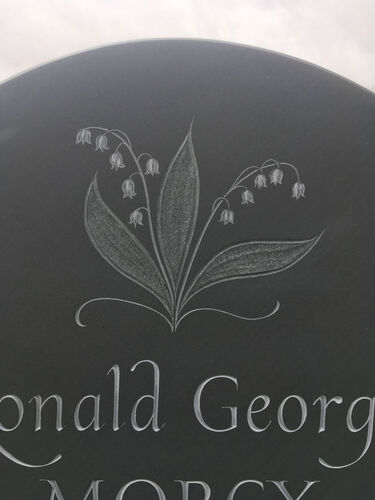
Lotus
The lotus, a form of water lily, represents purity and sanctity in the East.
The Lotus in Buddhism signifies enlightenment.
Magnolia

Poppy
With its narcotic properties, it has long been associated with sleep and death. It’s blood-red flowers also remind us of Christ’s passion.
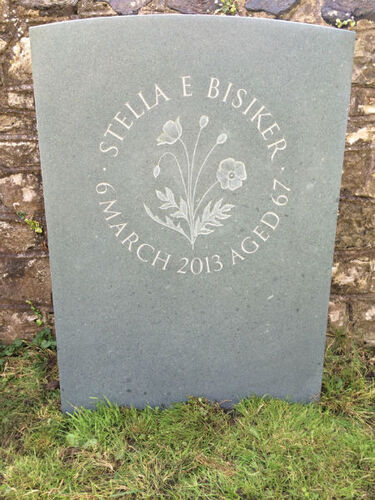
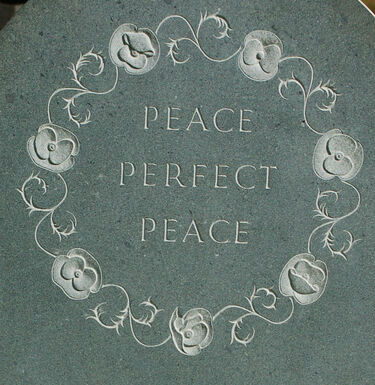
Rose
The Rose symbolises love in all its Earthly and heavenly hues. Used on a headstone the rose can symbolise the one we have loved and lost and a deep longing. It is the quintessential emblem of earthly love. The Virgin Mary has been nicknamed “Rose”, bringing together both earthly and heavenly grace as well as piercing sorrow. The rose has been described as the Queen of Flowers, and the Queen of Heaven.

TS Eliot captures the eloquence of the rose in his poem:
Ash Wednesday
Lady of silences
Calm and distressed
Torn and most whole
Rose of memory
Rose of forgetfulness
Exhausted and life-giving
Worried reposeful
The single Rose
Is now the Garden
Where all loves end
In Victorian times, roses often adorn the graves of women.

Snowdrop

Sunflower
In the Catholic tradition, the sunflower symbolises devotion to the Catholic Church. In this tradition, the sun represents God’s divine light and the flower thus represents a striving toward God. Although Sunflowers face the sun when young, they permanently face east when fully grown, and this corresponds with the direction that Christian graves are orientated, towards the rising sun.
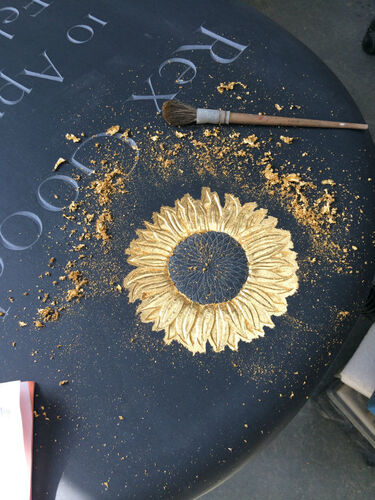
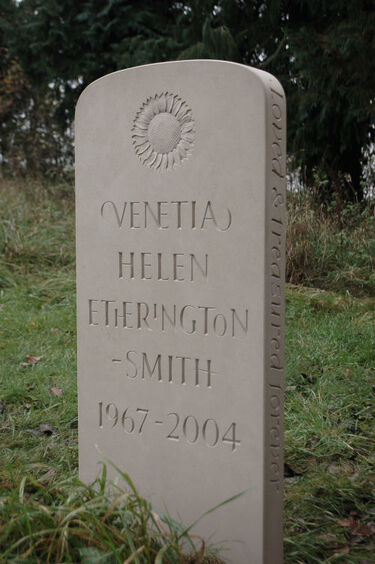
Thistle
Thistles on gravestones may represent Scotland, endurance and victory. It has been associated with the crown of thorns and the Passion of Christ.
Having at the same time a spiny edge, discouraging touch, and a showy central flower attracting insects, it can evoke one who is barbed but has a soft heart.
Despite some of its more negative symbolism the thistle may represent love that endures suffering. The Thistle is associated with the worldly love of Aphrodite as well as the loving compassion of the Virgin Mary.
The National emblem of Scotland, a tenth-century legend describes how the Scots defended Staines Castle against the Vikings by putting thistles in the moat. When the invaders cried out from treading on them, their cries betrayed their presence.
The thistle's roots are also said to dispel melancholy.
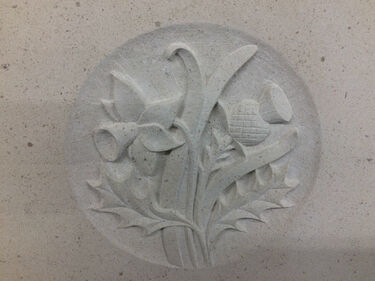

Tulip
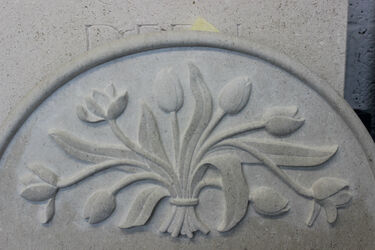
Waratah Flower
This is a flower of a small bush or tree found in southern Australia.
Indigenous Tharawal peoples from around the Cronulla region of southern Sydney use the Waratah medicinally. Placing the flowers into a bowl of water, so that the nectar be soaked out, the flower water is then drunk for pleasure, for its strengthening effect and for curing illnesses in children and elderly.
https://en.wikipedia.org/wiki/Waratah#Cultural_references
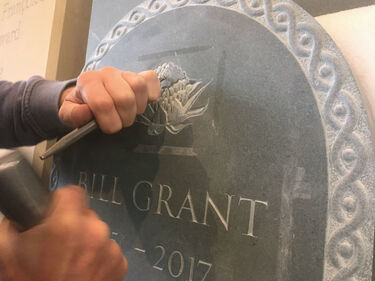
References:
Stories in Stones, A Field Guide to Cemetery Symbolism and Iconography, by Douglas Keister
The Book of Symbols, Reflections on archetypal images, by Taschen
The Penguin reference Dictionary of Symbols

Fergus Wessel
Designer and letter-carver
Fergus created Stoneletters Studio in 2003, after training at the Kindersley Workshop. He is a member of the prestigious Master Carver's Association.


Request our free booklet today
- © 2026 Stoneletters
- Legal notice
- Privacy policy
- Disclaimer
